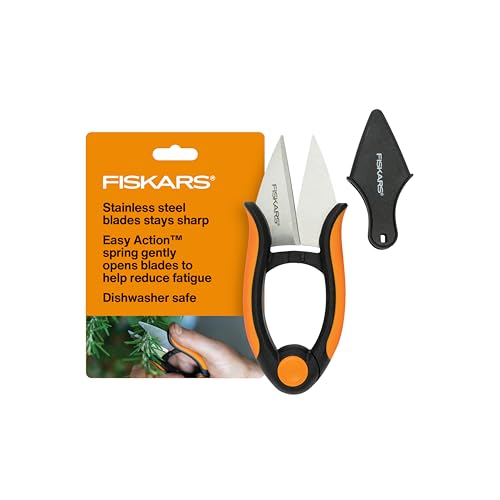How to prune dill – experts reveal the methods that will bring you a greater harvest
Regularly pruning dill is key to more growth

Jill Morgan
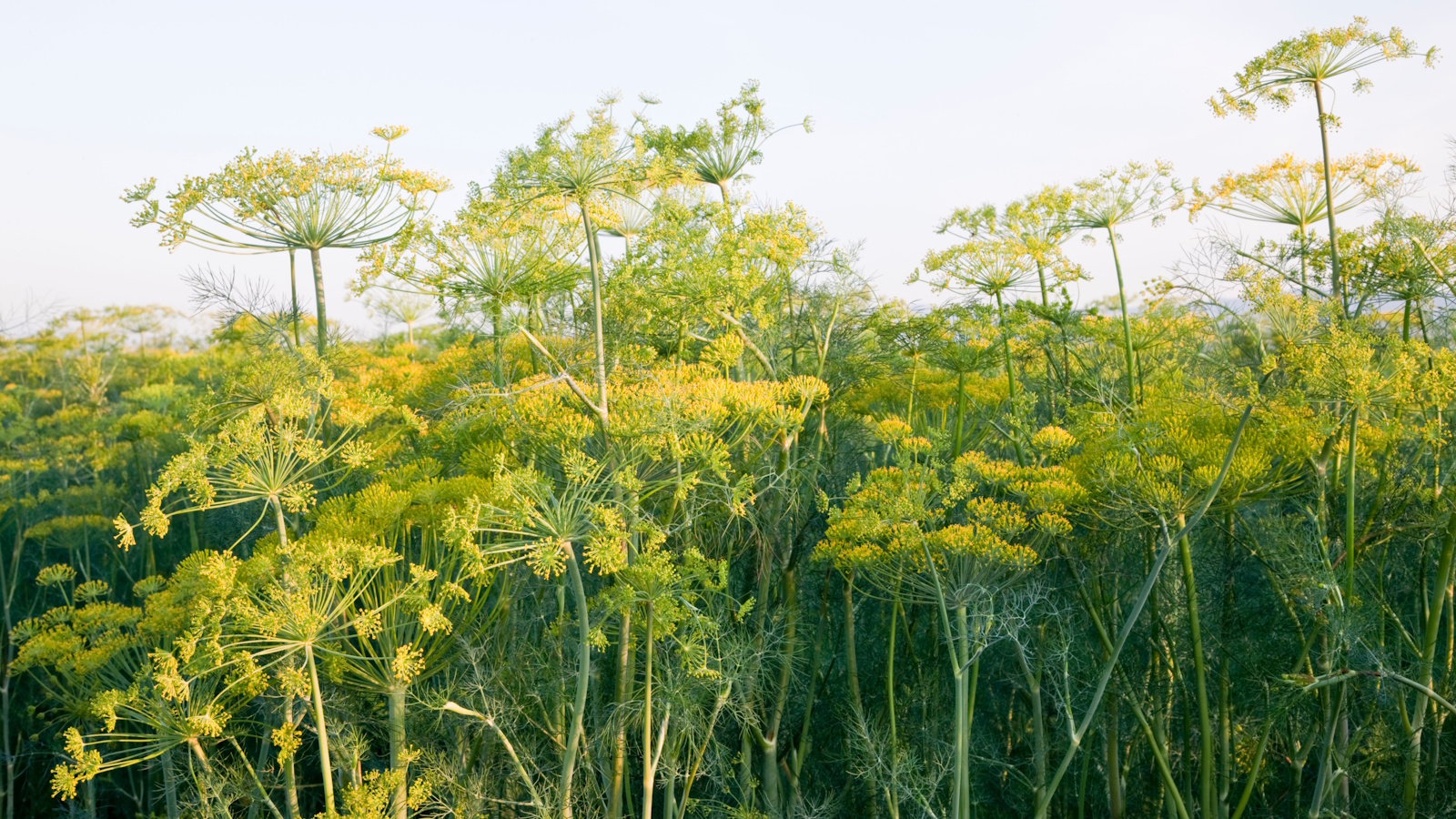
A favorite herb in the kitchen, dill is a gorgeous addition to salads and fish dishes. It also makes for a pretty flowering herb in the garden. Knowing how to prune dill is essential for maintaining a healthy plant that will keep producing throughout the season.
When growing dill, there are many different varieties to choose from, each with slightly varying habits and tastes. New dwarf types such as ‘Fernleaf’ and ‘Nano’ are ideal for growing in pots and window boxes, as they only reach 11–18 inches high and are rather prolific. Taller, as the name suggests, is Mammoth, which scales the heights of 5ft 10in and has large umbrella style flowers.
No matter which variety you choose, it's important to get the pruning right – both to harvest dill and to keep it maintained. Here, experts share everything you need to know.

How to prune dill
Dill is very easy to grow from seed (with these dill seeds from Burpee), but its an annual plant. This means it completes its entire life-cycle, from germination to setting seed, in a single year. Plus, dill also has a reputation for dying quickly after producing its seeds.
Therefore, lengthening the lifecycle of this fast growing herb is essential for its longevity and knowing how to prune dill correctly is key.
Cutting the herb regularly will increase its yield by making the plant bushier as well as delaying the development of flowers and seeds.
When to prune dill
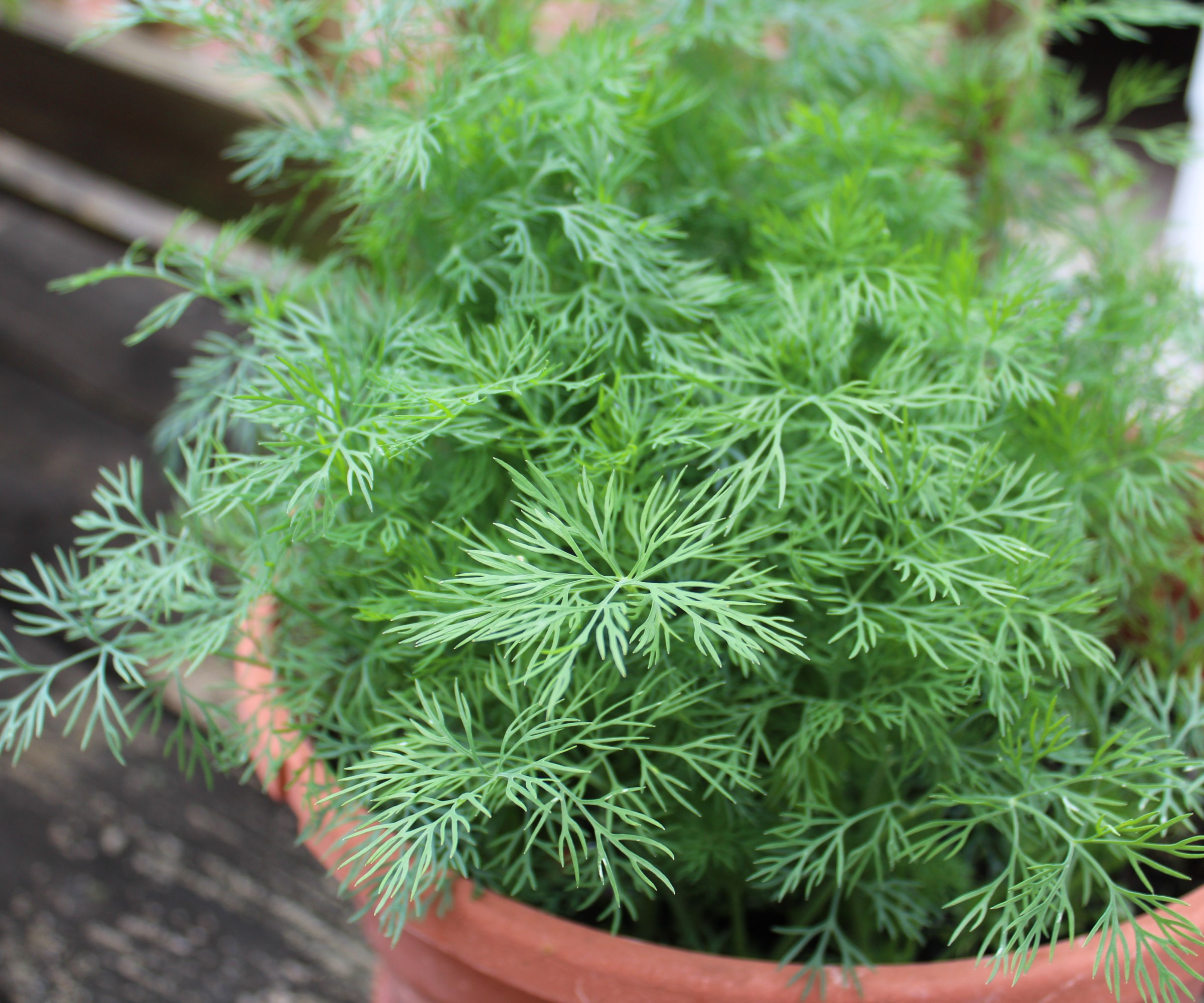
Before jumping in with pruning dill, it's important to know when to harvest it and give it a trim to encourage more growth.
Design expertise in your inbox – from inspiring decorating ideas and beautiful celebrity homes to practical gardening advice and shopping round-ups.
Annual herbs like dill can be harvested early in their growing season, either cut back to about four inches of growth or taken from all around the plant to leave it looking balanced. Removing flower stalks will also prolong leaf production.
With that being said, wait until the plant has four or five leaves and start by picking off larger outer leaves. This will prompt new shoots and foliage to grow, plus delay flowering and seed formation.
How to prune dill
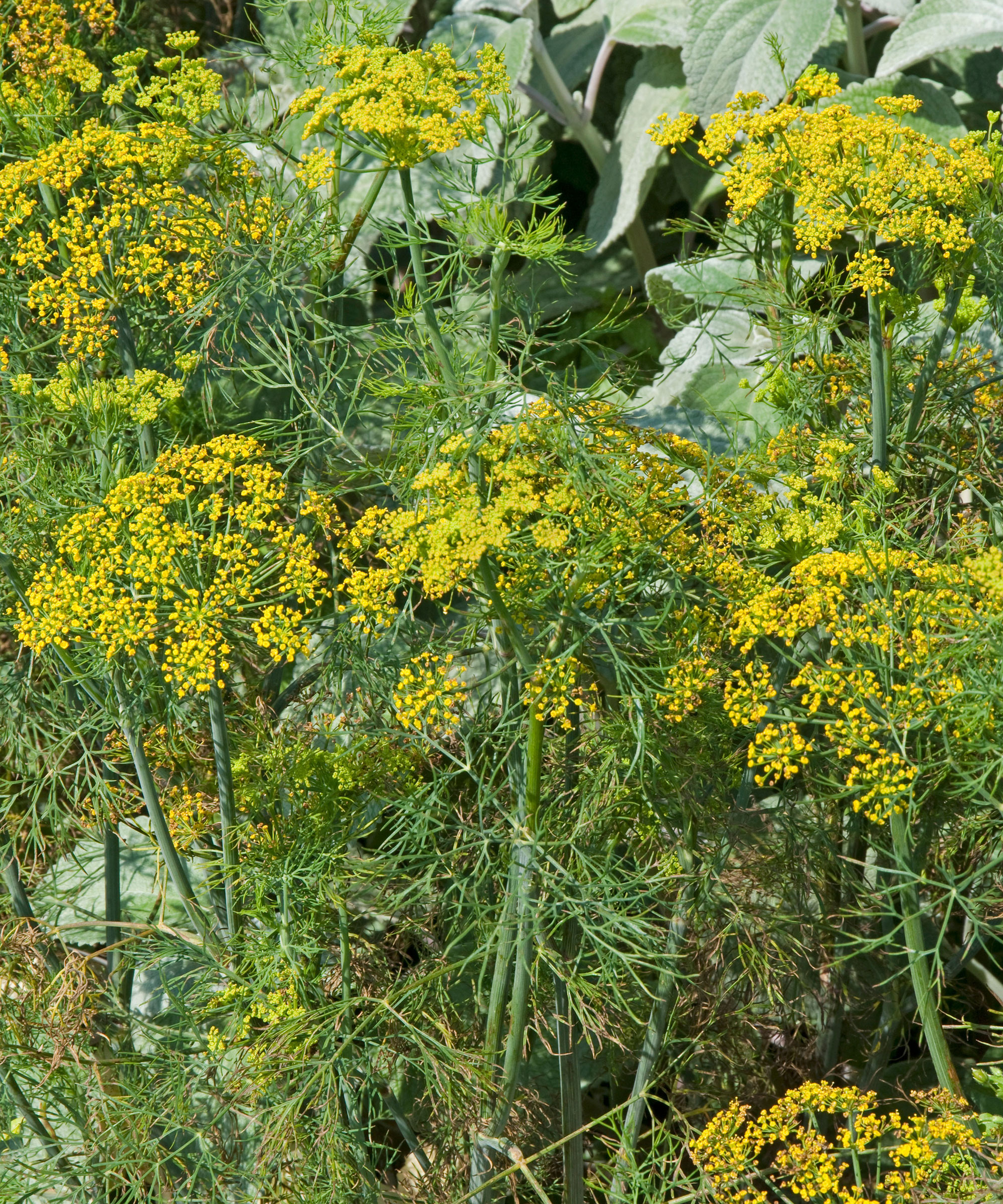
To prune dill, you just have to follow three easy steps:
- Start by pinching the growing tips to encourage a bushier plant. The bushier the plant, the more stems and leaves it has and so more available to harvest.
- At this point you can also cut any longer stems so that all the stems are the same length and the plant has an aesthetically pleasing appearance. Use essential pruning tools to do this, like these pruning scissors from Amazon, which will help make clean cuts and prevent damage to the plant.
- It's important to then leave the plant to recover and return to its previous size as this will ensure that your plant does not die due to over-pruning – a common pruning mistake.
How to harvest dill
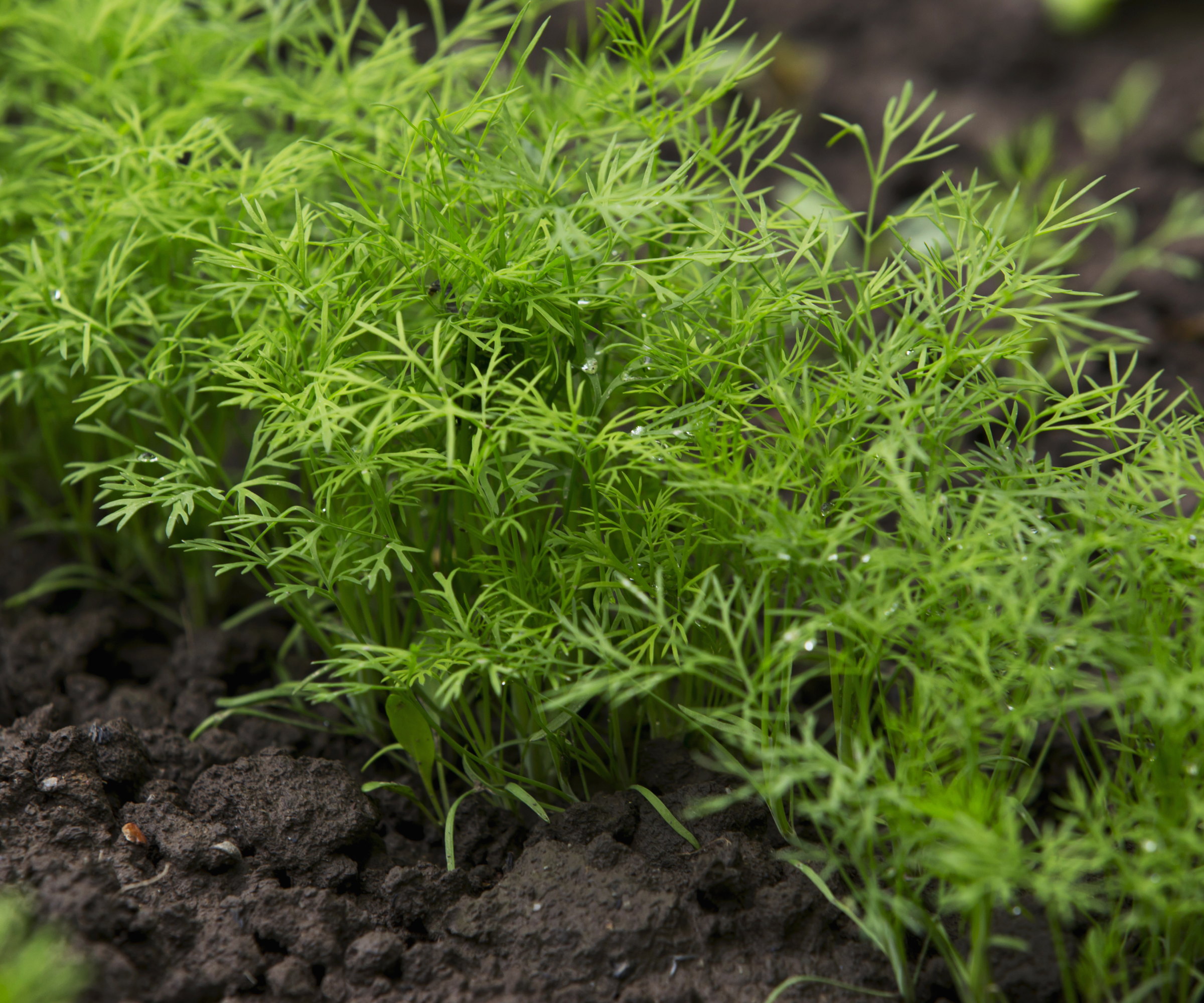
As for harvesting dill, it depends on which part of the plant you want to use.
Dill’s tiny bright yellow flowers are edible and rather delicious. Surprisingly strong tasting for their size, they are great for garnishing sweet and savory dishes and salads. Best consumed fresh, you can simply snip off what you need. They can also be popped into freezer bags and frozen for later use.
For foliage and seeds, there's a different technique.
Dan Drost, a vegetable expert who did research into growing dill for Utah State University advises: 'Cut the leaves at the point they join stem or cut the stem within a few inches of the ground, discarding the thick, tough stems.'
And a top tip for better flavor: 'Pinch off the flower buds if you are growing dill for its foliage; the flavor will be most intense before the plant blooms,' says Kristin Winterbottom from Park Seeds. Doing this will also extend the life of the plant and as a result ensure you are able to continue harvesting the herbs.
But, if you are growing your dill plant for seeds, then you will want to allow the dill plant to flower. You can achieve this by pruning the leaves but leaving the main stems and growing tips intact.
'To harvest the seeds, secure a paper bag (like these from Walmart) over the flowerhead as the blooms begin to pass. Shake the stem of the plant every so often; when the bag rattles, it is full of dill seeds,' says Kristin.

Dan has been responsible for vegetable outreach and research at Utah State University. Through his research, he is able to advise on a number of grow your own topics.

Kristin is responsible for curating the seed selection at Park Seed. She is knowledgeable about growing a range of vegetables and herbs from seed, writing guides for the Park Seed website.
FAQs
How to prune dill for floral arrangements
Dill also makes a beautiful addition to cut flower arrangements. For this, the method for how to prune dill is slightly different. Therefore, if you want to grow dill for both floral arrangements and culinary use, it is worth growing separate plants.
Avoid pruning the growth tips of the plant so that it can continue to grow and flower. You need to wait until the plant has just started to flower, then cut the stems near the base at bouquet length.
'As a cut flower, it's good with whites and blues or rich, brilliant colors to heighten their contrasts,' suggests plantwoman Sarah Raven. 'The flowers last a few days in a vase'.
A tall vase like this beautiful scalloped one from Anthropologie will help support the stems.
When do you need to cut dill back?
You can cut dill back at any point in the growing season to encourage new growth and delay flowering. This is an annual herb, rather than perennial, so you don't need to cut it back for frost as it won't return the following year. Instead, aim to prune regularly through its active growth season, cutting it back before it flowers.
While dill is easy to grow from seed, you can also grow dill from cuttings. Try doing this during the growing season to quickly propagate an extra dill plant and gain a larger harvest.
Shop dill growing essentials

Having graduated with a first class degree in English Literature, Holly started her career as a features writer and sub-editor at Period Living magazine, Homes & Gardens' sister title. Working on Period Living brought with it insight into the complexities of owning and caring for period homes, from interior decorating through to choosing the right windows and the challenges of extending. This has led to a passion for traditional interiors, particularly the country-look. Writing for the Homes & Gardens website as a content editor, alongside regular features for Period Living and Country Homes & Interiors magazines, has enabled her to broaden her writing to incorporate her interests in gardening, wildlife and nature.
- Jill MorganContributing Editor

